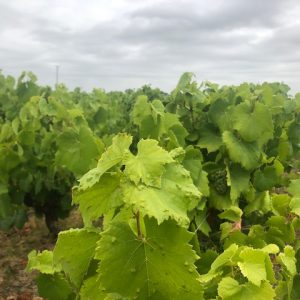A trip to Nantes
Nantes is a wonderful city on the Loire River, just 50 km from the Atlantic coast. It was first identified during classical antiquity as a port on the Loire. It was then the seat of a bishopric at the end of the Roman era before it was conquered by the Bretons in 851.
During the 17th century, after the establishment of the French colonial empire, Nantes gradually became the largest port in France and was responsible for nearly half of the 18th-century French Atlantic slave trade.
Nantes is also famous for the Muscadet wine, which is made from a unique grape variety , the ”Burgundy melon”. This grape originated in Burgundy and was grown there until its destruction was ordered in the early 18th century.
In the vineyards around Nantes and the western Loire, the harsh winter of 1709 destroyed so many vines that a new grape variety was needed, and the Melon grape was introduced. Since then it has been used in the production of the light dry white wine Muscadet, which is made entirely from the Melon grape.
Muscadet is a wonderful wine, but it is not one of the great wines of France. It may be because the land is very flat, unlike the hilly slopes of Burgundy, Champagne or Alsace.
In France, Muscadet is very often consumed when eating oysters for which it is a perfect pairing, thanks to its high-acidity yet bone-dry texture. Unfortunately, I did not eat oysters during my mid-July visit to Nantes.
According to a tradition of at least 4000 years, one should only eat wild oysters during months with the letter “r”, that is, from September to April. The objective is to avoid watery shellfish, or even worse, a nasty bout of food poisoning.
I’ll have to return to Nantes in September.
Logistics
TGV fast train from Paris Montparnasse to Nantes. Then a taxi to some vineyards south of Nantes




